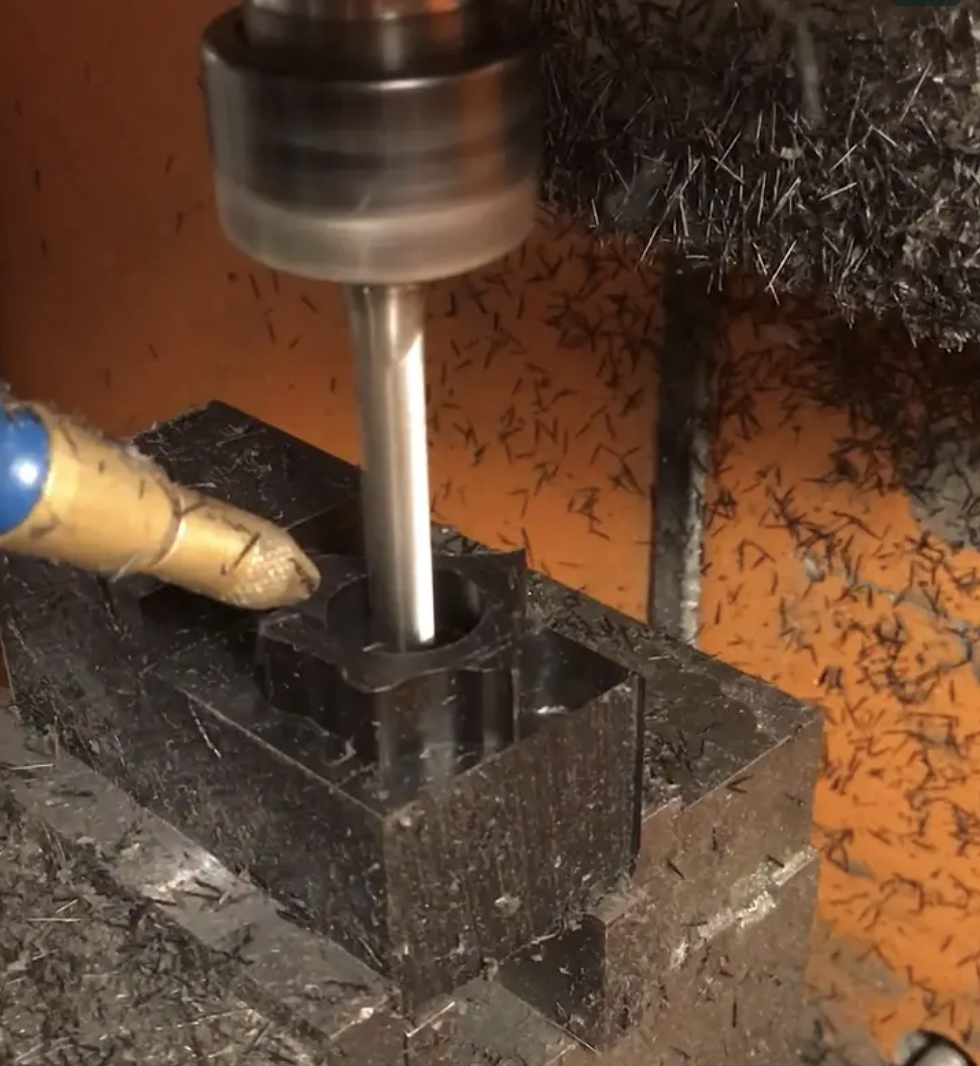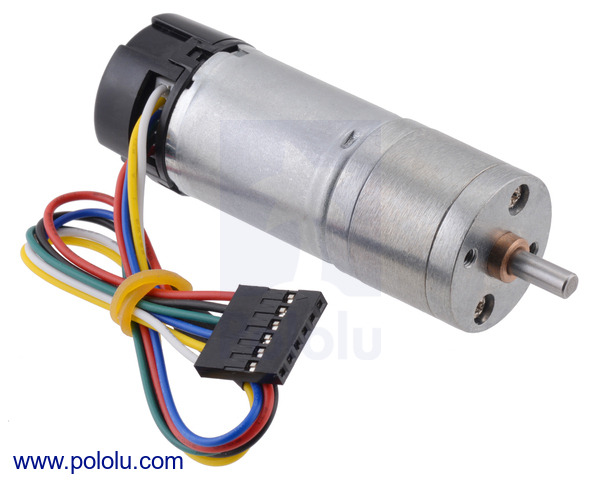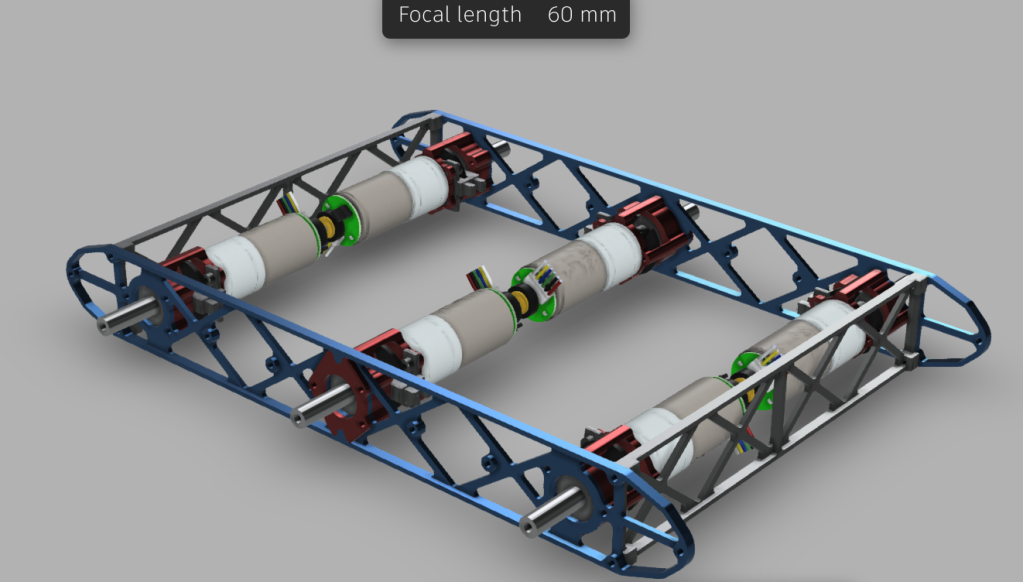So I thought I had this milling thing under control…. Not so much. Today everything went wrong.
First I forgot that my stock aluminium piece I was using today was 10mm wider than I have modeled it in Fusion. Que my 4mm endmill digging in with full engagement into the piece instead of shaving off about 1mm at the time from the edges and promptly breaking off.
Went to the shelf of endmills to purchase and found that there is one last 4mm carbide endmill. Mounting in in the machine I slip with the wrenches. That was apparently enough to break the brittle carbide mill clean off.
Went back another time and found another end-mill of a different kind. Mounted it and started. Apparently it is true that end-mills for steel don’t work for aluminium. After a promising start I suddenly hear a snap. And that, my friends, was mill number 3 for the night.
So having wasted most of an evening and some 300sek in broken end-mills I finally went back and milled the piece out with my trusty 8mm endmill that worked so well the week before. The fine detail was lost of course, but at least I got something that looked sort of like my CAD model.
The end-result, two pieces that at least fit together. Could have been worse.







